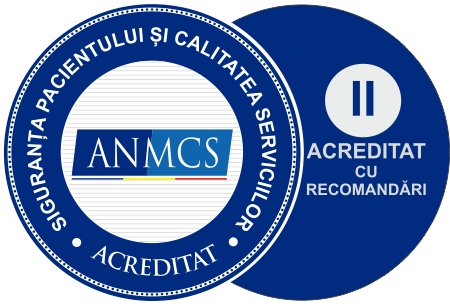
What Is Anal Condylomatosis?
Perianal condyloma (anal condylomatosis) are pink-grey cauliflower-like lymph nodes, located on the anal canal mucous membrane and on the perianal skin.
What Causes Anal Condyloma?
It is a mainly sexually transmitted disease, with an underlying HPV virus infection. The infection by contact with contaminated underwear is not excluded.
Symptoms of Anal Condylomatosis
Patients accuse the perianal region foreign body sensation, the local wetness sensation, perianal pruritus and sometimes defecation pain and bleeding.
How is Anal Condylomatosis Diagnosed?
The diagnosis is set following the local inspection, based on the specific appearance of the lesions. The rectal examination and the anoscopy are mandatory because the condyloma accuminata may expand in the anal canal up to the dentate line and at the level of the internal haemorrhoidal plexus.
Upon the rectal examination, they are identified as small lymph nodes on the anal canal and the anoscopy identifies them at the level of the internal haemorrhoidal plexus. Their number and sizes may vary from 1-5mm solitary lymph nodes, up fist-sized masses.
How Is Anal Condylomatosis Treated?
The treatment of condyloma accuminata is combined: surgical excision, photothermocoagulation, local and systemic treatment with immunomodulators.
The first treatment stage is the mandatory removal of the lesions, followed by the combination of other treatment methods. Several excision or photothermocoagulation sessions may be required, depending on the spread and size of the condylomata.
After the conclusion of the treatment, regular follow-up visits are required to prevent possible relapse. Untreated condylomata have a potential of subsequent malignancy, which is why focus should be laid on the early detection of the disease and the treatment of relapse.




